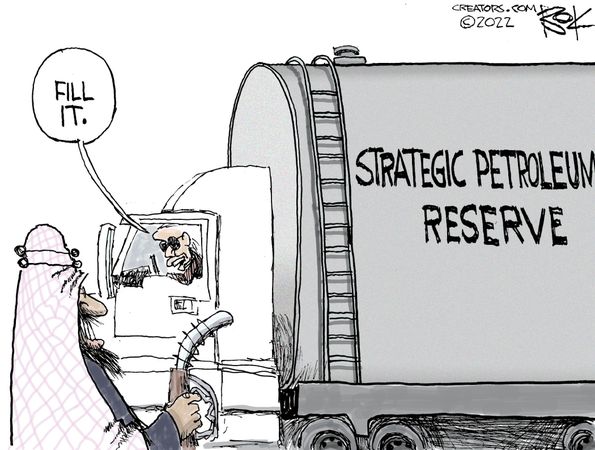Mexican official says new lawsuit against US gunmakers is on the way
There’s no reason to believe the outcome will be any different than the first lawsuit that the administration of Andrés Manuel López Obrador brought against U.S. gun makers; a dismissal of the case long before it ever reached trial. Still, with AMLO’s cartel strategy of “hugs, not bullets” resulting in even more cartel violence, it’s no surprise that he and other officials are trying to distract from their own failures by pinning the blame on the US firearms industry.
Foreign Minister Marcelo Ebrard told the Mexican Senate on Wednesday that the government’s next lawsuit will be filed in the border state of Arizona, though he didn’t say whether any gun control groups will be a part of this new effort as they were the first time around.
During his speech on Wednesday, Ebrard referred to a bipartisan package of gun safety measures passed by the U.S. Congress and signed into law by President Joe Biden in June. The law blocks gun sales to those convicted of abusing unmarried intimate partners and cracks down on gun sales to purchasers convicted of domestic violence.
“Illicit arms trafficking is already a crime in the United States,” Ebrard said.
“You have to start establishing criminal responsibilities because the companies that are selling these weapons in these counties (in Arizona), which are very few, of course they know where those weapons are going,” he added, but did not specify which companies he was referring to.
Ebrard makes it sound as if there are no laws whatsoever governing gun sales from licensed firearms retailers, even though border state gun dealers not only have to follow the long list of federal regulations surrounding firearm transfers, but even have special requirements placed on them like reporting multiple sales of modern sporting rifles to the ATF.
Frankly, if he really wants to talk about establishing criminal responsibilities, I’d say he should start much closer to home and crack down on the graft, corruption, and theft within the Mexican armed forces.





